1. The Jetsons and Video Calls
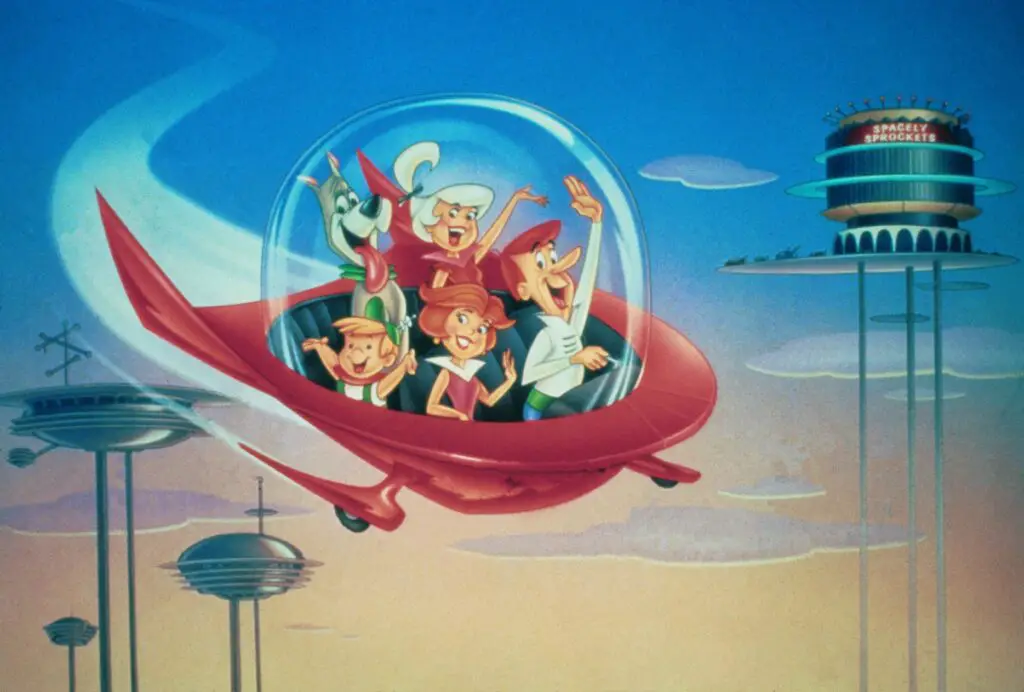
When The Jetsons aired in the early ’60s, viewers were fascinated by George and Jane answering their phones on a giant screen. The idea of seeing someone’s face while talking to them felt like a fantasy straight out of a science-fiction comic. Families at the time couldn’t have imagined owning a personal device that could do anything beyond dialing a number. The writers probably had no idea how close they were to predicting one of the biggest communication shifts in history.
Today, video calls are so common that people complain about having too many Zoom meetings. FaceTime is second nature to kids who’ve grown up seeing their grandparents or friends through a screen. What once looked futuristic has become so everyday that it barely feels special anymore. The Jetsons may have gotten a lot of predictions wrong, but this one nailed it.
2. The Brady Bunch and Blended Families
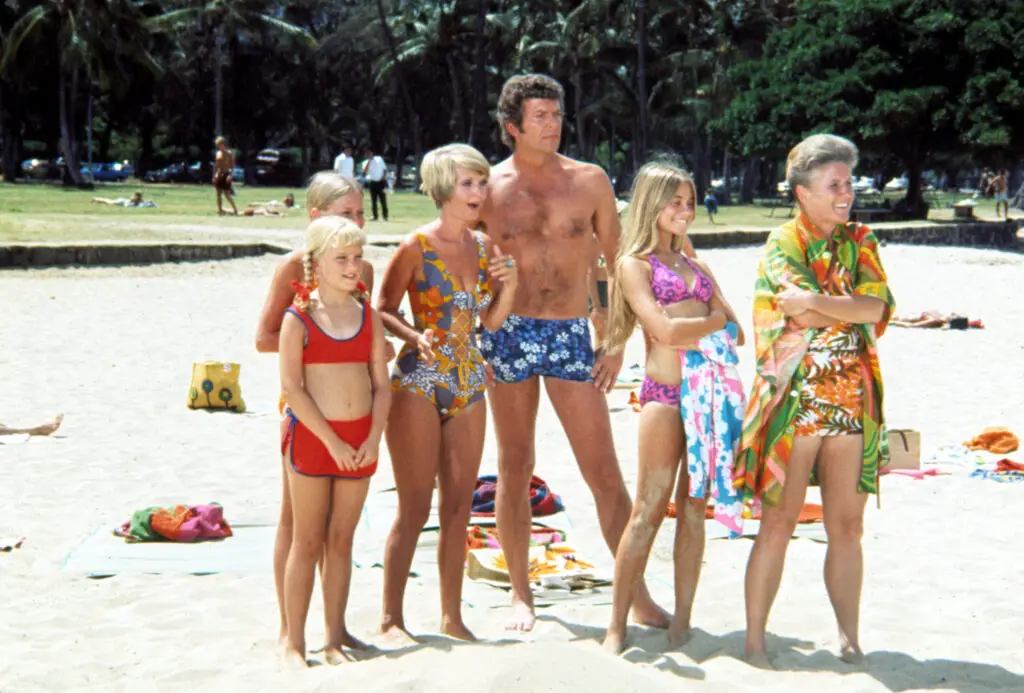
When The Brady Bunch hit TV screens in 1969, it showed something unusual for its time: a blended family with six kids. Divorce and remarriage weren’t talked about much on television, and many viewers saw Mike and Carol’s situation as novel, even a little daring. But the show proved that a big, complicated household could still be full of love, laughter, and plenty of bathroom arguments. The series set the stage for what would later become normal across the country.
Now, blended families are one of the most common household types. Millions of kids grow up with step-siblings and step-parents, just like the Bradys. Watching reruns today, the show feels less like a quirky idea and more like a snapshot of everyday life. In a way, the Bradys normalized something America was just beginning to experience.
3. The Simpsons and Smartwatches

Long before Apple released the Apple Watch, The Simpsons featured characters using wrist devices that looked an awful lot like today’s smartwatches. It wasn’t unusual for the show to poke fun at technology, but this time they were eerily spot-on. In one episode, Lisa even used her wrist device to communicate, which mirrors how people text and talk right from their wrists today. It was a gag back then, but now it’s real life.
Fast forward to now, and smartwatches aren’t just for telling time. People track their heart rates, get directions, and even pay for groceries with a flick of the wrist. What once looked like a cartoon exaggeration has become part of modern living. The Simpsons may be known for silly storylines, but sometimes they’re surprisingly prophetic.
4. Friends and Surrogate Pregnancy
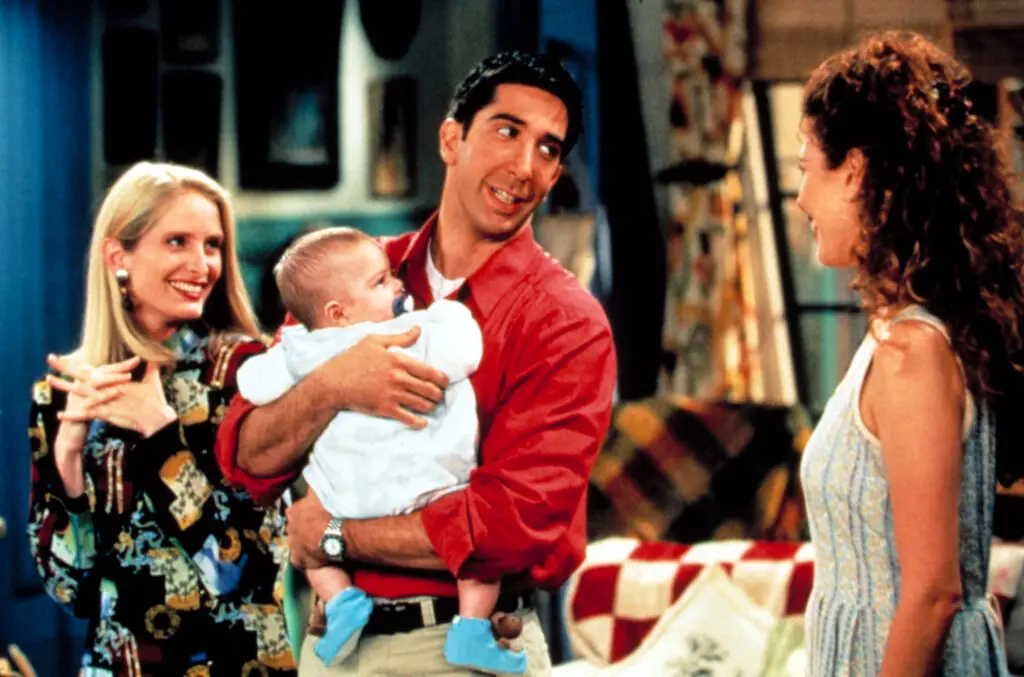
When Phoebe agreed to be a surrogate for her brother’s children on Friends, it was one of the first times many viewers even heard of the concept. In 1998, the idea of carrying a child for someone else was still unusual and rarely discussed in mainstream culture. The show treated it with humor and heart, showing Phoebe navigating the ups and downs of pregnancy in her own quirky way. It introduced millions of viewers to a family option that would become far more common later.
Today, surrogacy is a familiar part of the conversation around starting a family. Countless celebrities and everyday couples have chosen it as their path to parenthood. What was once a rare, almost strange storyline now feels surprisingly ahead of its time. Phoebe’s storyline showed audiences a future where families could be created in all sorts of ways.
5. All in the Family and Changing Gender Roles
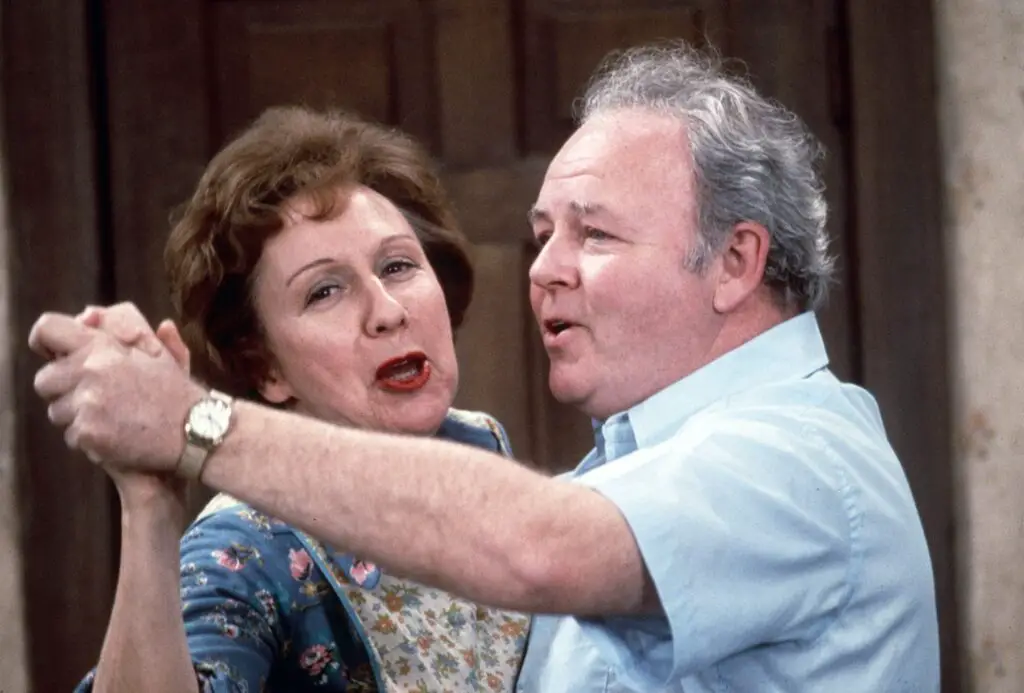
In the ’70s, All in the Family tackled topics other sitcoms avoided, and one of them was the changing role of women in the workforce. Archie Bunker often complained about women wanting more independence, while Gloria pushed back on traditional expectations. At the time, the women’s rights movement was still shaking up workplaces and homes, and not everyone welcomed it. The show’s conversations were uncomfortably real for many families.
Looking back, the series feels almost like a time capsule of debates that still echo today. More women in the workforce, conversations about equal pay, and shifting family dynamics are all part of everyday life now. Archie may have grumbled, but he was staring right into the future. The show was funny, but it was also remarkably prescient.
6. Murphy Brown and Single Motherhood
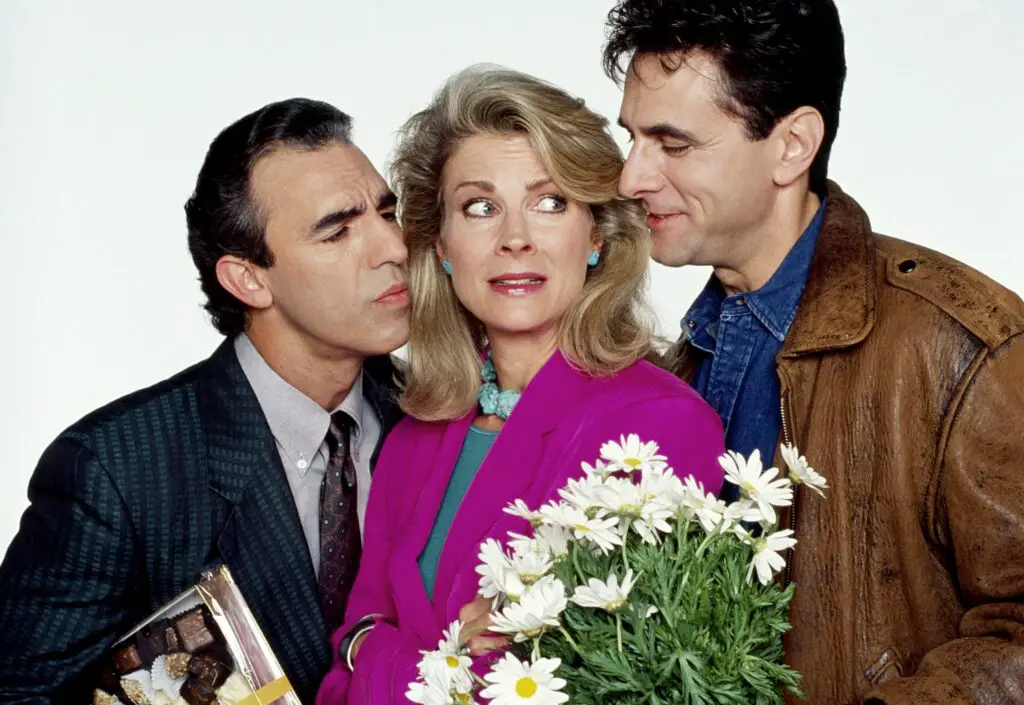
When Murphy Brown decided to have a child on her own in 1992, the storyline caused national headlines. Vice President Dan Quayle even criticized the character for promoting single motherhood, proving just how controversial the subject was. The show defended Murphy’s choice, portraying her as strong, capable, and unashamed. It reflected a real social shift that was only just beginning.
Today, single-parent households are incredibly common, and the stigma has lessened dramatically. What once sparked outrage is now a reality many families live every day. Murphy’s decision looks far less radical now than it did three decades ago. The show truly saw where society was headed.
7. The Fresh Prince of Bel-Air and Absentee Fathers
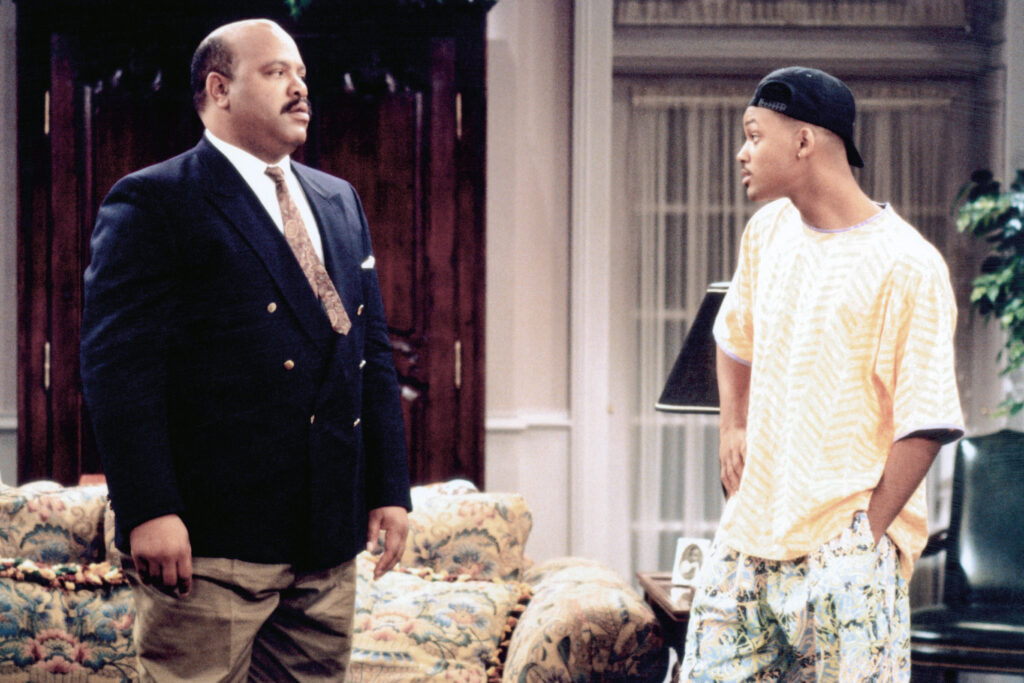
One of the most memorable episodes of The Fresh Prince of Bel-Air showed Will’s dad walking out on him yet again. The raw emotion in that scene hit audiences hard and opened conversations about absentee fathers in America. In the early ’90s, this wasn’t a topic sitcoms usually touched, let alone in such a heartfelt way. The episode stood out as both groundbreaking and painfully real.
Today, conversations about absent parents, especially fathers, are much more open. Many shows and movies address the subject with the same honesty that Fresh Prince did decades ago. The episode predicted that television would become braver about showing kids’ struggles at home. It’s still considered one of the most powerful sitcom moments ever.
8. Seinfeld and Online Dating
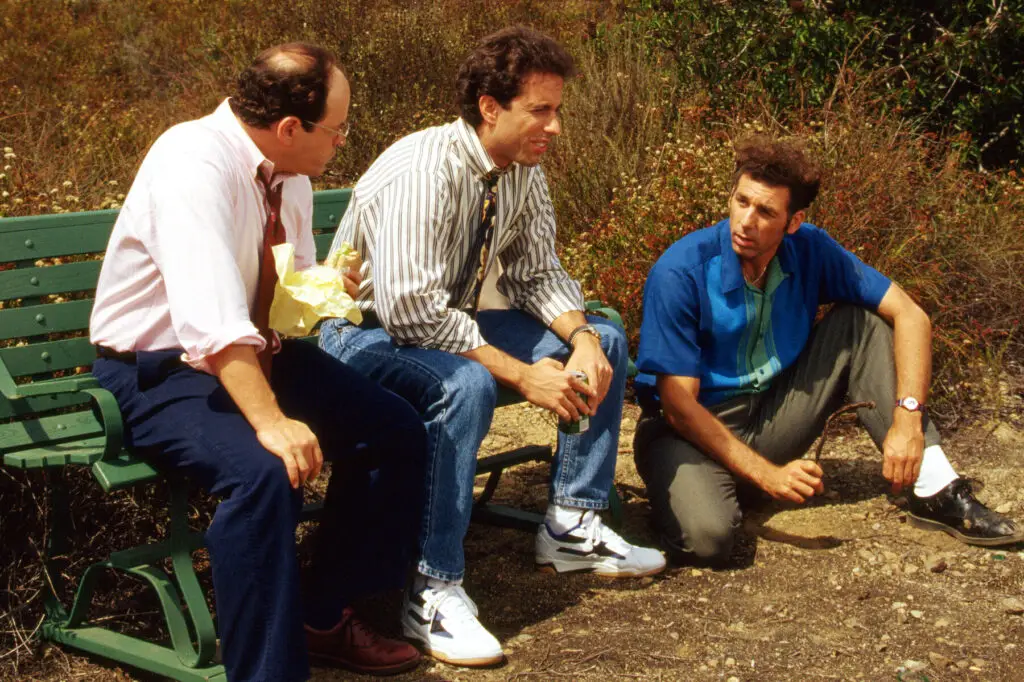
In the ’90s, one episode of Seinfeld poked fun at the idea of meeting people through computers. At the time, online dating was clunky, strange, and a little embarrassing to admit. Jerry and George treated it like something absurd, reflecting how society saw the early days of the internet. Yet in hindsight, the show was pointing directly at how millions of people would eventually meet.
Fast forward a couple decades, and dating apps are one of the most common ways people find relationships. What once felt weird and desperate is now completely normal, if not expected. The episode may have been a joke then, but it looks shockingly accurate now. Even Seinfeld’s cynicism couldn’t hide the truth of where dating was headed.
9. The Office and Remote Work
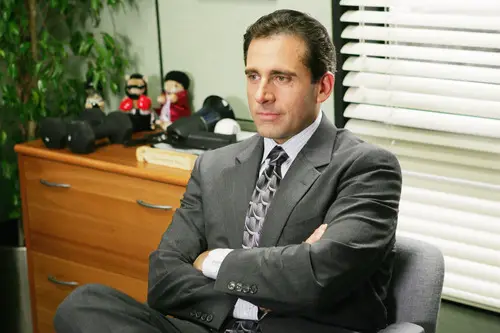
An episode of The Office showed characters dabbling with telecommuting, and it was treated like a ridiculous gimmick. Michael Scott hated the idea of people not being in the office, while Jim and Pam found ways to make it work. At the time, working from home was rare and mostly limited to a few jobs. The show was poking fun at what felt like a passing trend.
Then the world shifted, and remote work became a normal part of everyday life. Millions of people now work from home at least part of the time, and office culture has never been the same. The episode feels strangely prophetic in hindsight. What was once a joke became an entire movement.
10. Family Ties and Tech Addiction
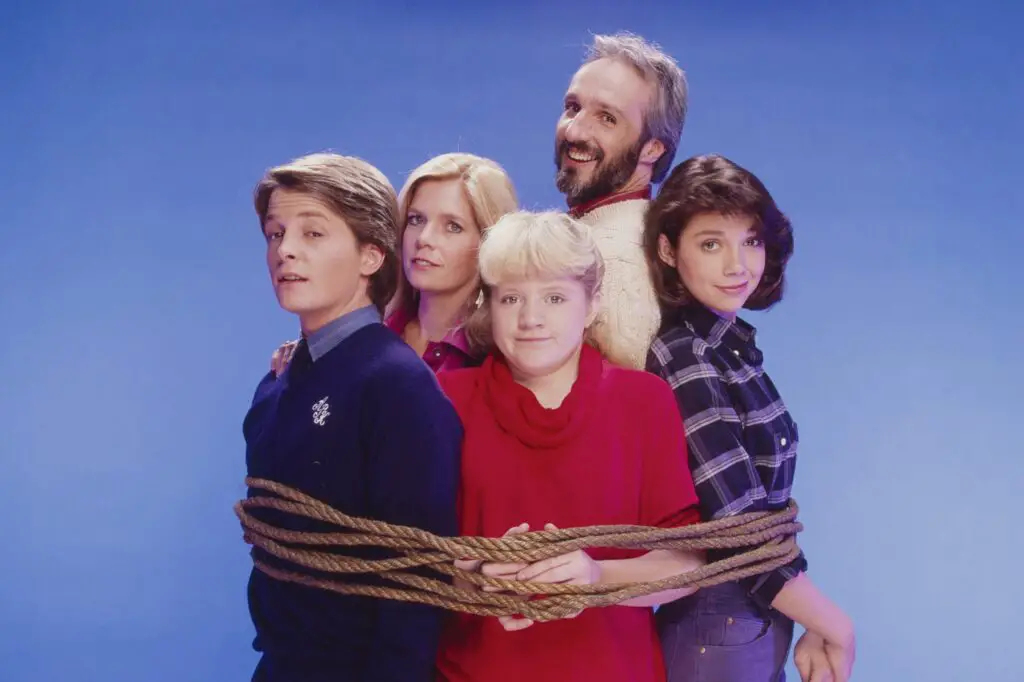
In one episode of Family Ties, Alex becomes obsessed with his early personal computer. The humor came from how absorbed he was in typing and programming, ignoring everyone around him. At the time, it seemed silly that someone could spend so many hours glued to a machine. But the writers had tapped into something that would only grow with time.
Now, screen addiction is one of the biggest cultural challenges of the modern era. Phones, tablets, laptops, and endless apps keep people staring down instead of looking up. Alex’s obsession doesn’t seem like a quirky storyline anymore, it looks like a warning. Family Ties was more on the mark than anyone realized.
11. That ’70s Show and Legal Marijuana
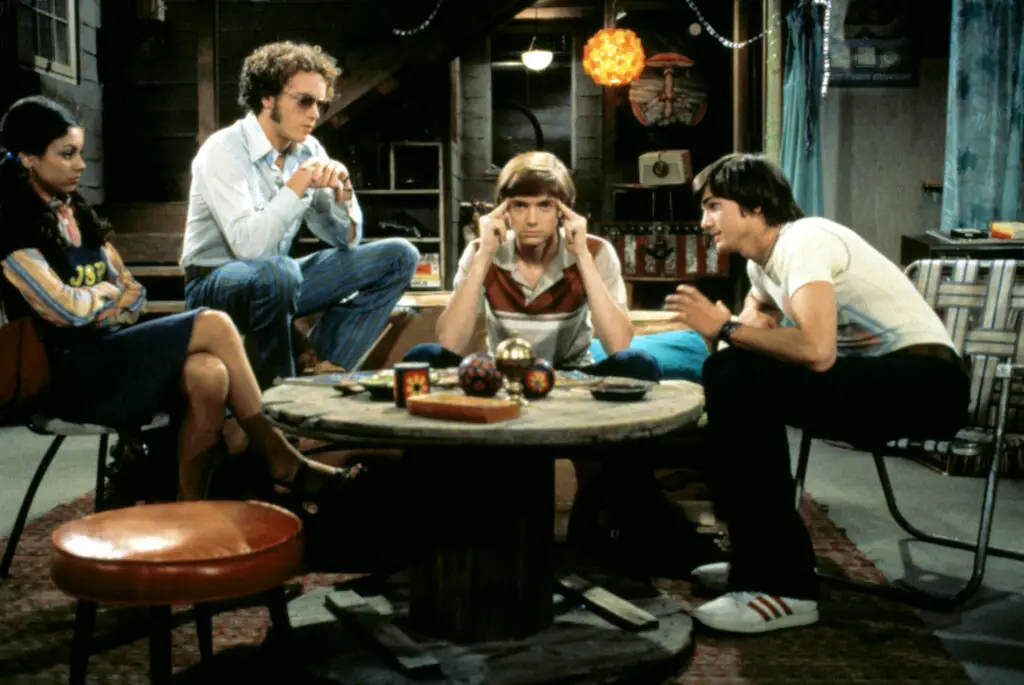
Though set in the past, That ’70s Show often winked at marijuana use in a way that suggested it would one day be accepted. The characters never said the word outright, but the smoke-filled basement scenes were obvious. At the time, TV still treated marijuana as taboo, something only shown for laughs or shock value. Yet the show gave viewers a sense that the future might look different.
Today, legal marijuana is widespread across the U.S. and around the world. Conversations about legalization and normalization have become mainstream. The basement gang might not have known it, but their haze was pointing toward a cultural shift. The laughs ended up being surprisingly predictive.
12. Parks and Recreation and Female Politicians
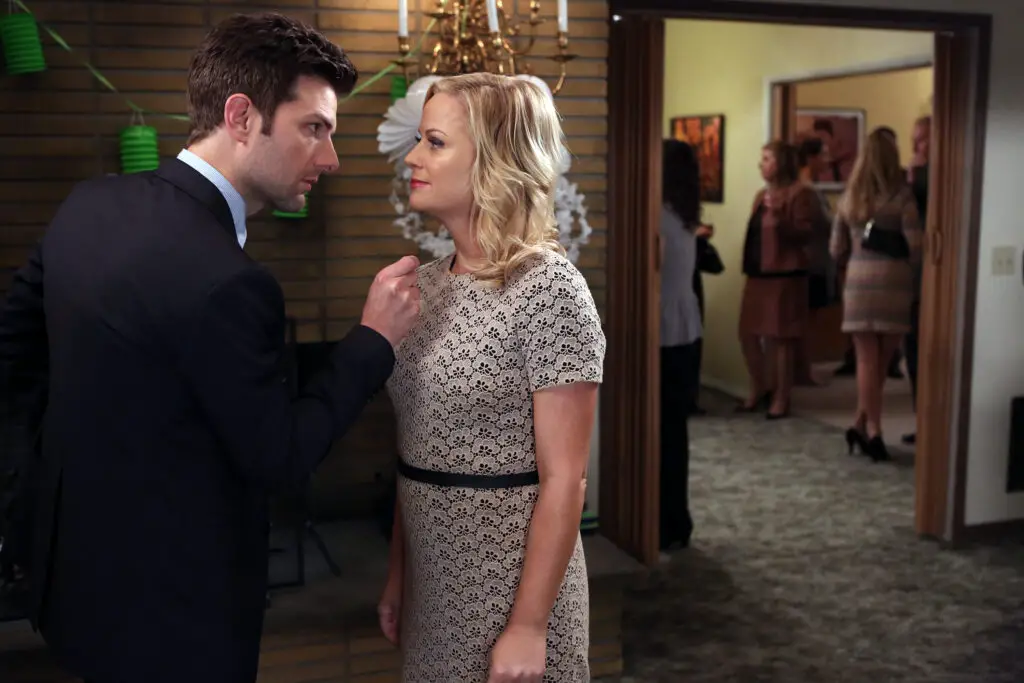
In Parks and Recreation, Leslie Knope dreamed of a political career in higher office. When the show aired, women in politics were still underrepresented and often dismissed as unrealistic candidates. Leslie’s ambition was played with humor but also a lot of heart, showing that her dreams were valid. The character became a role model for young viewers who saw themselves in her passion.
Today, women in politics are more visible than ever. From local offices to presidential campaigns, the political landscape looks far closer to what Leslie imagined. The show tapped into a movement that was just gaining traction. What felt aspirational then has become real progress now.
13. Roseanne and the Struggles of the Middle Class
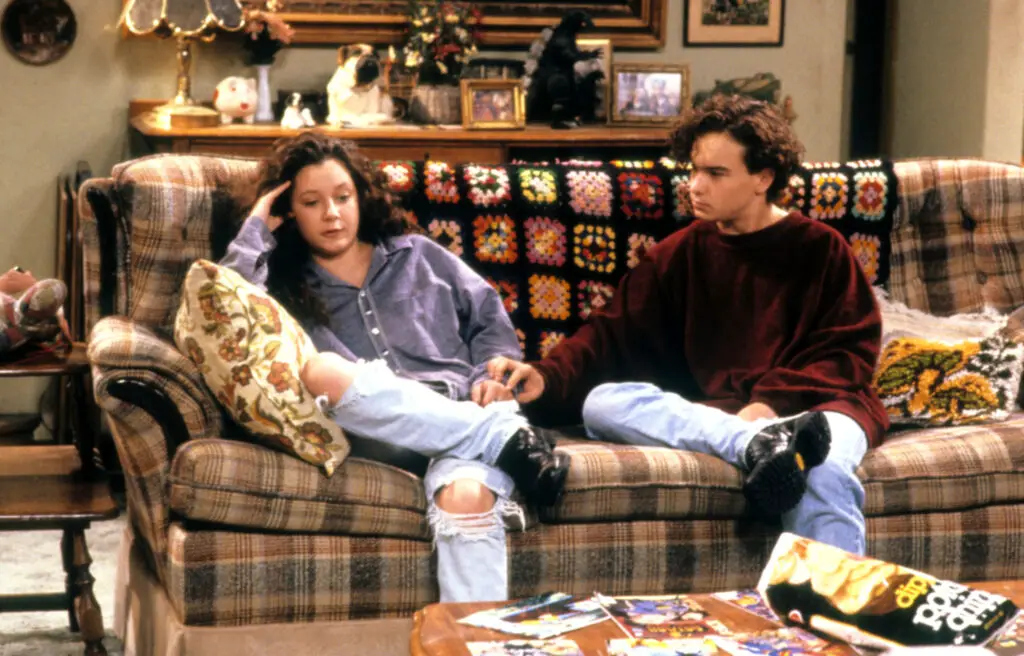
Roseanne often showed the Conner family struggling with money, something TV usually glossed over. They clipped coupons, worked extra jobs, and worried about bills. For many viewers, it was the first time they saw their own financial reality reflected on screen. At the time, sitcoms preferred to show idealized middle-class comfort.
Now, conversations about paycheck-to-paycheck living are everywhere. The rising costs of living, healthcare struggles, and economic challenges are part of daily headlines. The Conners were living through what would become the story of millions of American families. The show may have been a sitcom, but it predicted just how hard things could get.
14. Cheers and Same-Sex Weddings
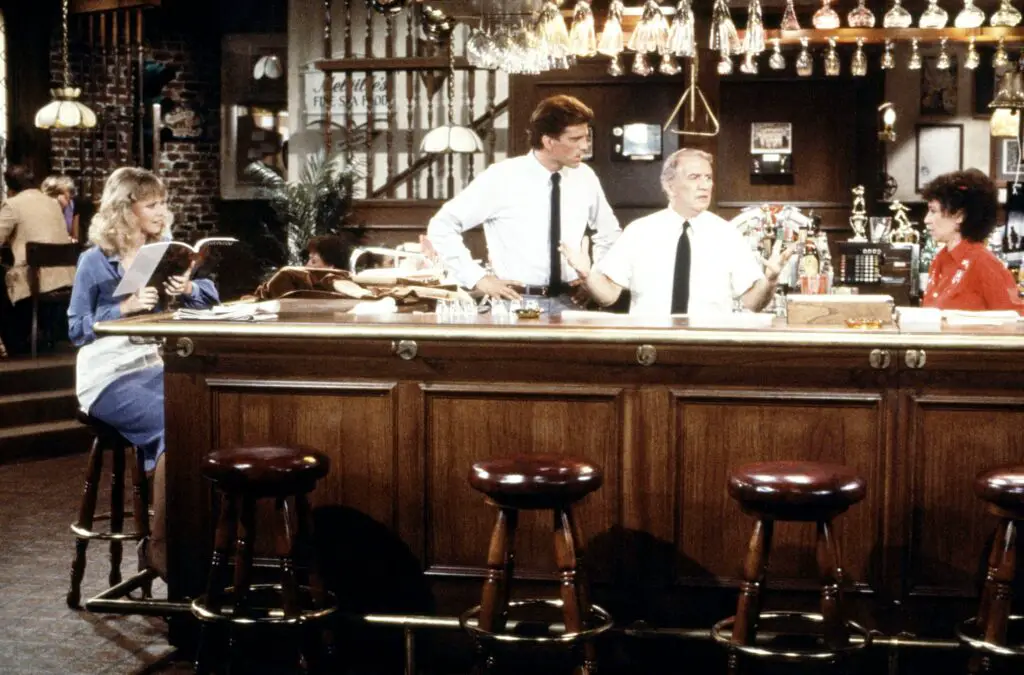
In 1991, Cheers aired an episode where two men got married, albeit for legal reasons rather than romance. At the time, same-sex marriage wasn’t recognized and was often played for laughs rather than treated seriously. But the episode planted the idea on primetime television that marriage could extend beyond traditional norms. For many viewers, it was the first time they’d even seen such a scenario imagined.
Decades later, same-sex marriage is legal across the United States and in many other countries. What was once a controversial punchline now reflects everyday reality for countless couples. The fact that Cheers introduced the concept on such a beloved show feels striking in hindsight. It was comedy then, but it turned out to be a quiet glimpse of the future.
